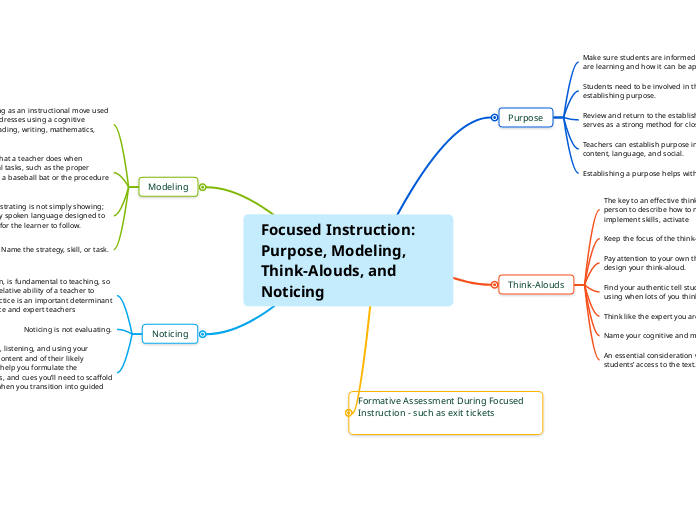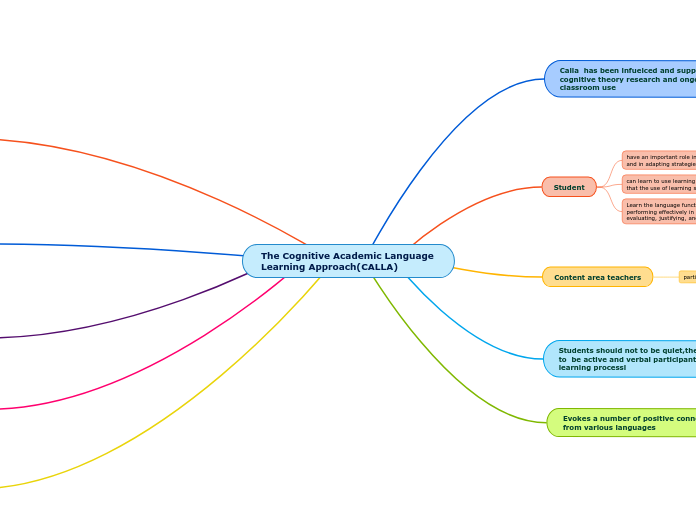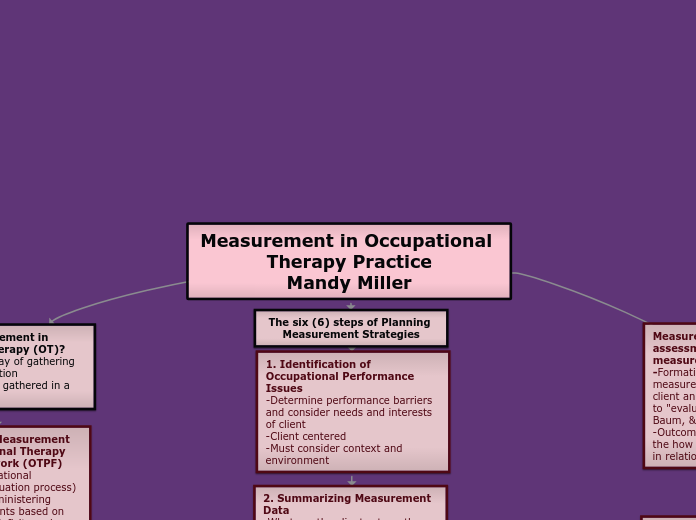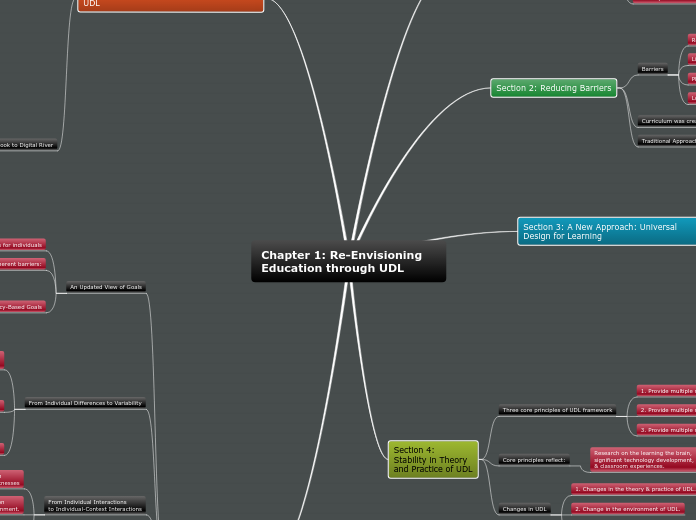по Olivia Aldridge 11 месяца назад
97
Focused Instruction: Purpose, Modeling, Think-Alouds, and Noticing
Effective teaching practices rely heavily on focused instruction, which encompasses several critical components. Think-alouds are instrumental, requiring teachers to verbalize their thought processes using the first person to demonstrate decision-making and skill implementation.









